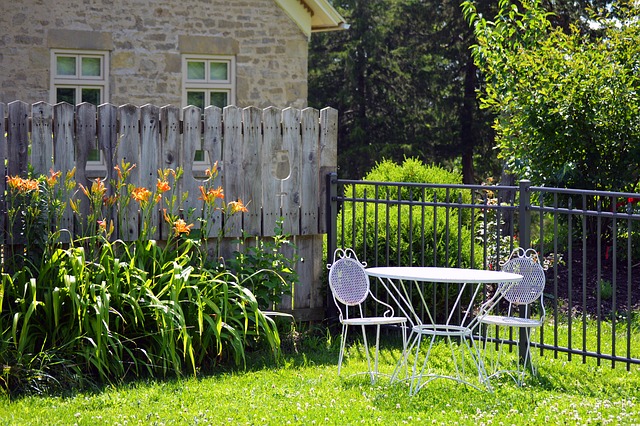Introduction
Painting garage walls is a great way to freshen up the space and protect the walls from damage. Whether you want to create a clean and organized look or add a pop of color, painting your garage walls can transform the space into a more inviting and functional area.
Preparation
Before you start painting your garage walls, it’s essential to prepare the surface properly. Here are the steps you should follow:
Clean the walls: Remove any dirt, grease, or oil from the walls using a mild detergent and water. Scrub the walls with a brush or sponge, and rinse thoroughly. Allow the walls to dry completely before moving on to the next step.
Repair any damage: Inspect the walls for any cracks, holes, or other damage. Use a patching compound or spackling paste to fill in any imperfections. Smooth the surface with sandpaper once the compound is dry.
Protect the surrounding areas: Cover the floor, doors, windows, and any other surfaces you don’t want to get paint on with drop cloths or plastic sheeting. Use painter’s tape to protect light switches, outlets, and other fixtures.
Materials and Tools
To paint your garage walls, you will need the following materials and tools:
Paint: Choose a high-quality paint that is suitable for garage walls. Consider using a semi-gloss or satin finish for easier cleaning.
Primer: If your walls are unpainted or have a glossy finish, applying a primer will help the paint adhere better and provide a more even finish.
Paint roller and tray: Use a roller with a medium nap for smooth or lightly textured walls. For heavily textured walls, a longer nap roller may be more suitable.
Paintbrush: A brush is useful for cutting in along edges and corners that the roller cannot reach.
Extension pole: An extension pole can be attached to the roller handle to reach high areas without the need for a ladder.
Paint tray liners and liners: These will make cleaning up easier and allow you to switch between colors more efficiently.
Painting Process
Now that you have prepared the walls and gathered the necessary materials, it’s time to start painting. Follow these steps for a successful paint job:
Step 1: Apply primer (if needed): If your walls require a primer, apply it according to the manufacturer’s instructions. Allow the primer to dry completely before proceeding to the next step.
Step 2: Cut in: Use a brush to cut in along the edges, corners, and any other areas that the roller cannot reach. This will ensure a clean and professional-looking finish.
Step 3: Roll the paint: Pour the paint into the tray and load the roller evenly. Start rolling the paint onto the walls in a “W” or “M” pattern to ensure even coverage. Work in small sections, overlapping each stroke slightly.
Step 4: Apply a second coat (if necessary): Depending on the color and condition of your walls, you may need to apply a second coat of paint for full coverage. Allow the first coat to dry completely before applying the second coat.
Conclusion
Painting your garage walls can transform the space into a more visually appealing and functional area. By following the proper preparation steps and using the right materials and tools, you can achieve a professional-looking finish. Remember to take your time and allow each coat of paint to dry thoroughly before moving on to the next. With a little effort, you can create a garage that you’ll be proud to show off.
References
– Sherwin-Williams: www.sherwin-williams.com
– The Home Depot: www.homedepot.com
– Benjamin Moore: www.benjaminmoore.com













